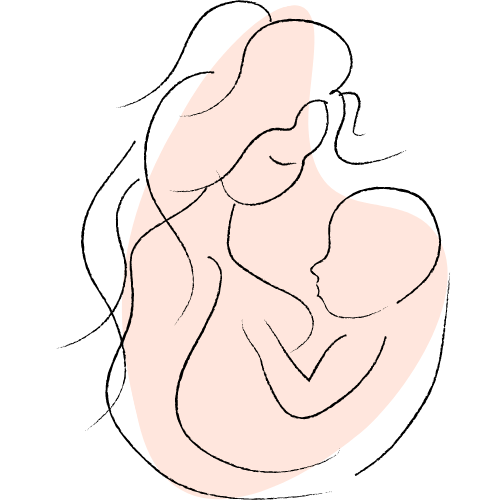Choose a comfortable sleeping position that keeps you and your baby healthy and safe.
One thing you can almost certainly expect when you’re expecting: understanding that getting to sleep—and staying that way—may be no easy feat! Women are accustomed to sleeping in whatever position feels most comfortable and familiar to them, but that tends to change in pregnancy. Not only do some moms-to-be experience tender breasts, frequent urination, heartburn, back pain, shortness of breath, or bouts of insomnia, but an ever-expanding midsection can make it very difficult to find and settle on a comfortable sleeping posture. Making slumber even more challenging: Some sleeping positions may not be as safe for pregnant women and the growing fetus as others.
To help you and your baby stay healthy—and maximize your sleep in the months ahead—use this guide to help you identify the best possible sleeping position during pregnancy.
Sleeping on Your Back. Throughout your pregnancy, you should avoid sleeping on your back. While it may be safe during your first trimester, the biggest no-no with resting this way is that it causes your increasingly heavy abdomen and uterus to press down on the major vein that works to return blood from your lower body to your heart. So lying on your back can make you feel lightheaded and dizzy, and also interfere with the delivery of blood and nutrients to the placenta and your growing baby. Other issues that can arise are backaches, difficulty breathing, digestive system problems, hemorrhoids, low blood pressure, and decreased circulation in you and the baby.
Sleeping on Your Stomach. After the fifth month of your pregnancy, it’s apparent that sleeping on your tummy isn’t the most comfortable way to fall asleep, and that’s because of your expanding uterus. It might feel like you’re trying to sleep on a huge watermelon! If you’re afraid that this position may end up hurting the baby, don’t be. Even at nine months, the uterine walls provide enough protection for the little one. In other words, medically speaking, it’s safe to sleep in this position, but it may not be the most comfortable posture for you.
Sleeping on Your Side. The best way to sleep through the night is to “sleep on your side,” particularly on your left side. This allows for the maximum amount of blood flow for you and the growing fetus, and it doesn’t put pressure on your liver. Be sure to keep your legs and knees bent with a pillow between your legs for additional comfort. This position will also benefit your kidneys, by helping eliminate waste and fluids from your body, which will in turn reduce swelling in your ankles, feet, and hands.
Still having trouble getting some much-needed shut-eye? Try these “sleeping on your side” (SOS) variations to help you get to sleep and stay that way:
Back Pain. To reduce backaches, try using the “SOS” position while also placing an additional pillow under your abdomen. Also, make sure you have the right mattress.
Heartburn. To relieve your symptoms, grabbing a few more pillows to prop up your upper body can help.
Shortness of Breath. To avoid this, propping yourself up on pillows behind your back can be beneficial for maximum airflow.
